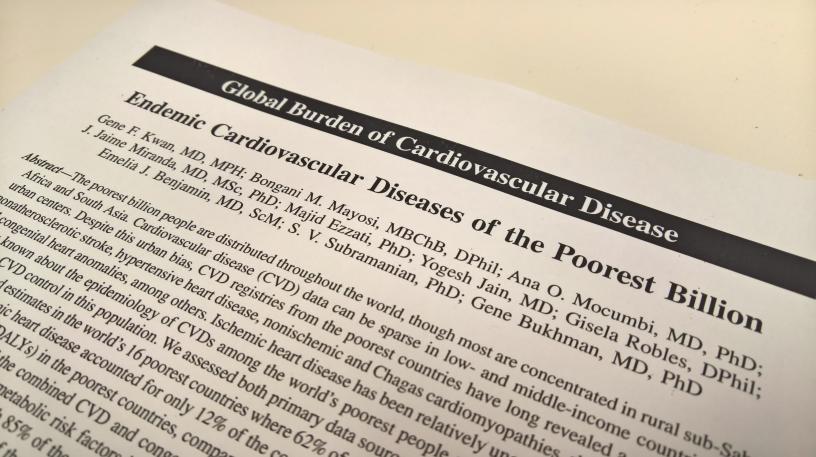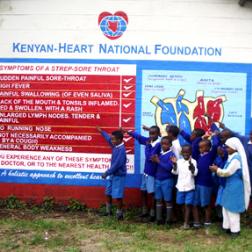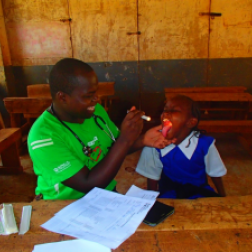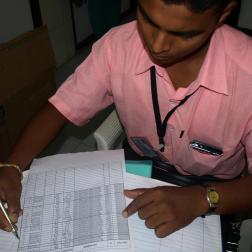RHD and Cardiovascular Diseases of the Poorest Billion

A recent article published last month in Circulation – the peer-reviewed journal of the American Heart Association – has identified rheumatic heart disease (RHD) as an endemic condition in the world’s poorest countries, and called for more specific targets to address the disease burden of these populations.
Published by Dr Gene Kwan, Professor Bongani Mayosi, Dr Gene Bukhman and others, the paper – ‘Endemic Cardiovascular Diseases of the Poorest Billion’ – examines the relevance of current global targets for the prevention and control of cardiovascular diseases (CVD) to the poorest billion people, through data analysis from the world’s 16 poorest countries, all of which are in Sub-Saharan Africa.
The current 9 voluntary global targets in the Global Action Plan on Non-Communicable Diseases aim to reduce the global burden of non-communicable diseases – including CVD and RHD – and primarily address behavioural risk factors such as diet, tobacco use and physical inactivity.
However evidence presented by the authors shows that the CVD epidemiology of the world’s poorest billion is distinct from patterns of CVD in middle- and high-income countries. Conditions such as RHD and cervical cancer are shown to be among the principal causes of mortality in these 16 countries, yet also to have a limited association with the 9 global targets.
The authors recommend expanding these targets to include infectious and environmental risks. The paper endorses integrated health system interventions that address CVD in people below 30 years of age, with RHD prevention and control forming a key component of such a strategy: ‘health centers need to be equipped to both identify and manage suspected streptococcal pharyngitis, rheumatic fever, hypertension, and stable RHD as part of primary care’.
The authors also note the need to decentralise initial echocardiographic diagnosis to district hospitals, and propose a significant role for community health workers, who should be empowered to ‘both offer adherence and support and refer sick individuals to higher levels when necessary’.
Building on this research, the Lancet has commissioned a further report entitled “Reframing NCDs and Injuries for the Poorest Billion”, to be published in 2017. It aims to provide an analytic basis for the country-specific targets needed to alleviate the CVD burden of the world’s poorest billion.
You can read the abstract of the article here, and read more about tackling RHD through a focus on equity and universal health coverage in the RHD Action Policy Brief on this topic.





